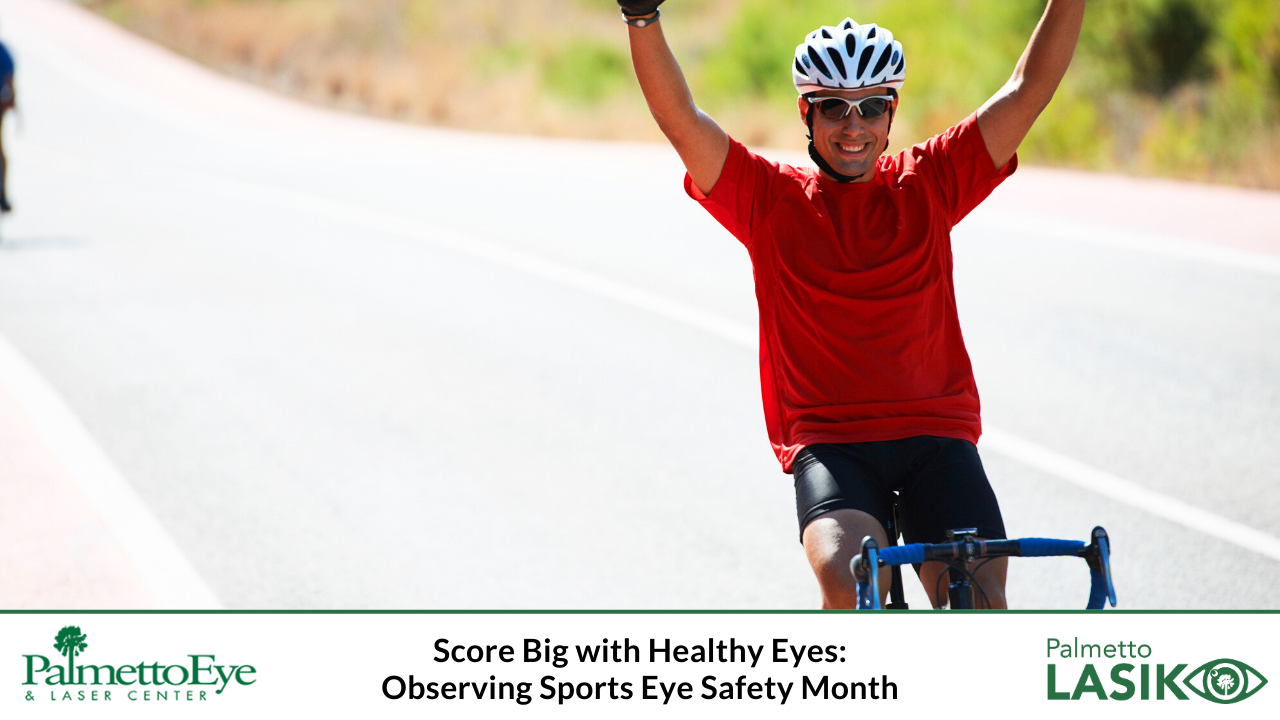
September is Sports Eye Safety Month—a crucial reminder for athletes and sports enthusiasts to prioritize the protection of one of their most valuable assets—their eyes. Whether you’re a seasoned athlete or just enjoy playing sports on weekends, understanding how to protect your eyes can prevent serious injuries and ensure you can keep playing the game you love. In this blog post, we’ll explore the importance of eye safety in sports, common eye injuries, and actionable tips to keep your vision safe on the field, court, and beyond.
Your eyes are incredibly delicate and essential for overall performance in sports. From tracking a fast-moving ball to navigating a crowded field, clear vision is integral to success. Unfortunately, eye injuries in sports are more common than many realize. According to the American Academy of Ophthalmology, an estimated 100,000 sports-related eye injuries occur each year in the United States alone, with approximately 42,000 of these requiring emergency room visits.
Ensuring proper eye protection not only safeguards your vision but also enhances your performance and confidence. Investing in high-quality protective eyewear is a small price to pay to avoid potential lifelong impairment.
Blunt trauma occurs when an object, such as a ball or elbow, forcefully strikes the eye. This can lead to serious injuries, including orbital fractures, retinal detachments, and hyphemas (bleeding in the eye).
These injuries happen when a sharp object, like a broken piece of equipment or even a fingernail, pierces the eye. Penetrating injuries can cause severe damage and often require immediate surgical intervention.
Outdoor sports expose athletes to UV radiation, which can harm the eyes over time. Prolonged exposure to sunlight without proper protection can lead to conditions like photokeratitis (sunburn of the cornea) and increase the risk of cataracts and macular degeneration.
A corneal abrasion is a scratch on the eye’s surface, typically caused by foreign objects like dirt, sand, or debris. It can be incredibly painful and increase the risk of infection if not treated promptly.
The single most effective way to prevent sports-related eye injuries is by wearing appropriate protective eyewear. Look for polycarbonate lenses, which are impact-resistant and provide superior protection. Many sports have specific recommendations for eyewear, so ensure you choose gear that’s suited to your activity.
Ensure that all your sports equipment, including helmets and face guards, is in good condition and fits properly. Ill-fitting equipment can leave you vulnerable to injuries.
When playing outdoor sports, always wear sunglasses with UV protection to shield your eyes from harmful radiation. Wraparound styles offer the best coverage.
Adhere to the rules and safety guidelines specific to your sport. This includes playing in designated areas, using appropriate gear, and staying aware of your surroundings.
Regular visits to an eye care professional can help detect any vision issues early and ensure your eyes remain healthy. If you experience any eye discomfort or vision changes, seek medical attention promptly.
Sports Eye Safety Month serves as an important reminder to protect your vision while enjoying the activities you love. By understanding the risks and taking proactive steps to safeguard your eyes, you can prevent injuries and maintain peak performance. Remember, clear vision is not just about seeing the game, but also about playing it safely and effectively.
Let’s keep your vision in top shape so you can continue scoring big!